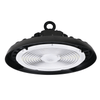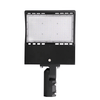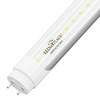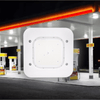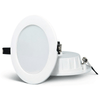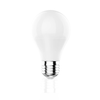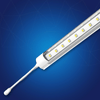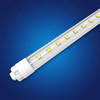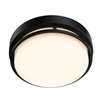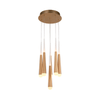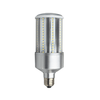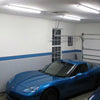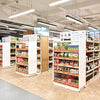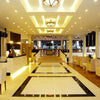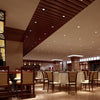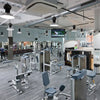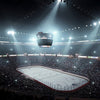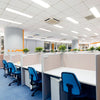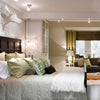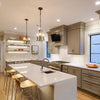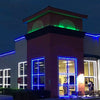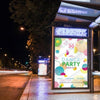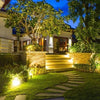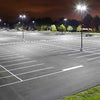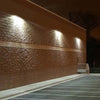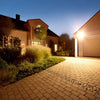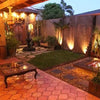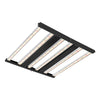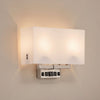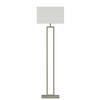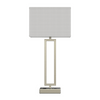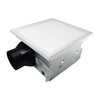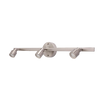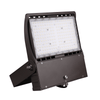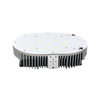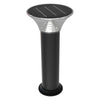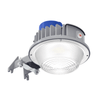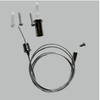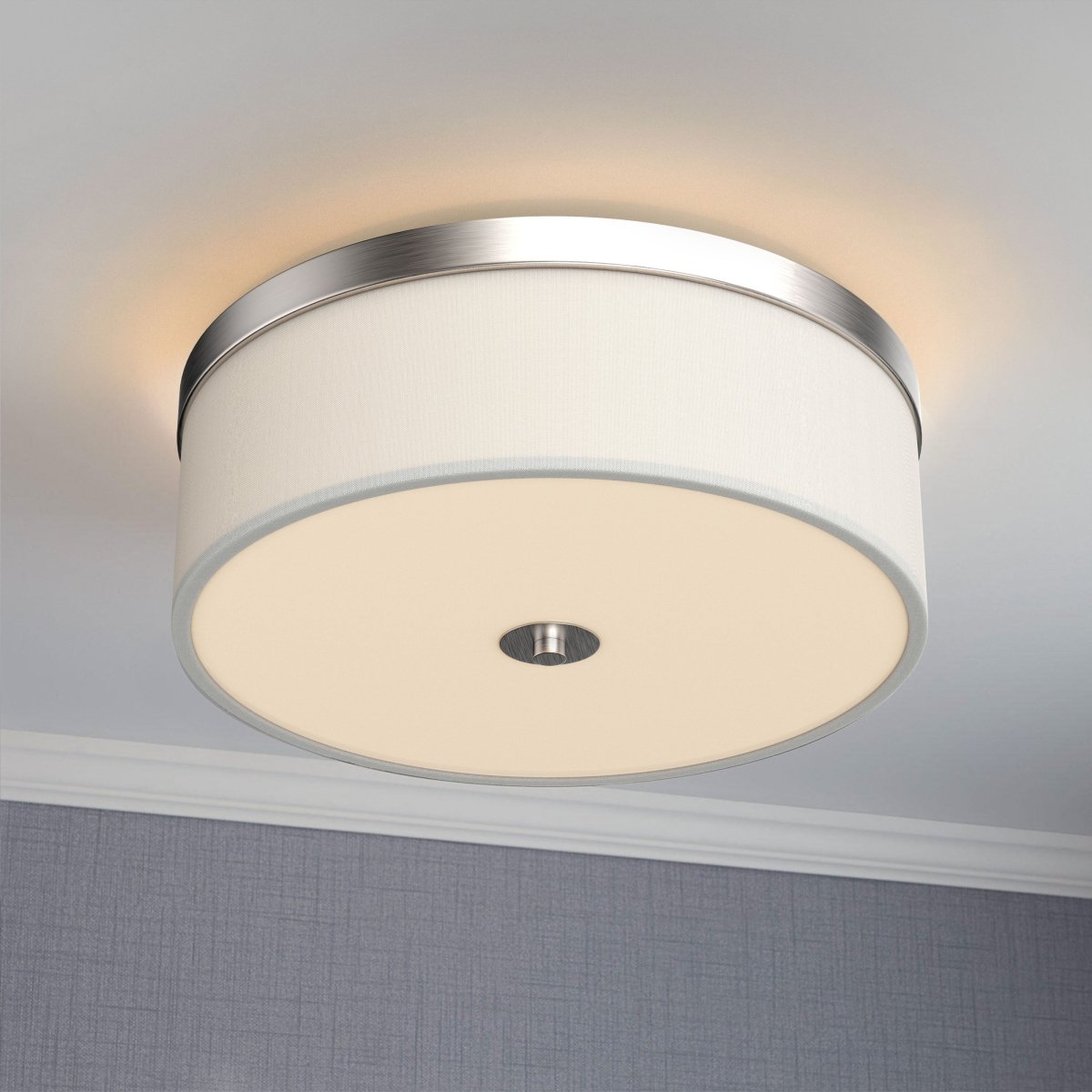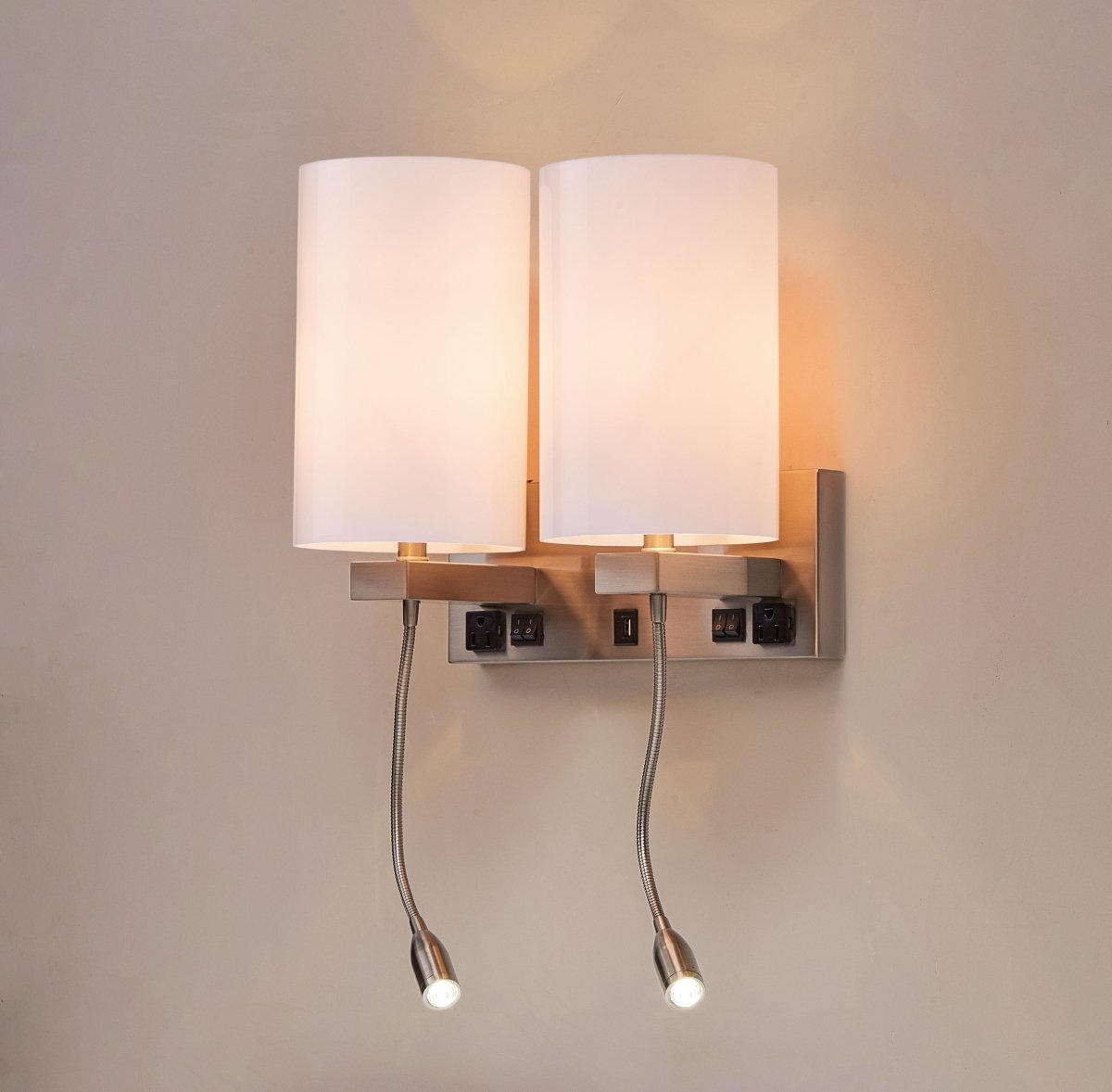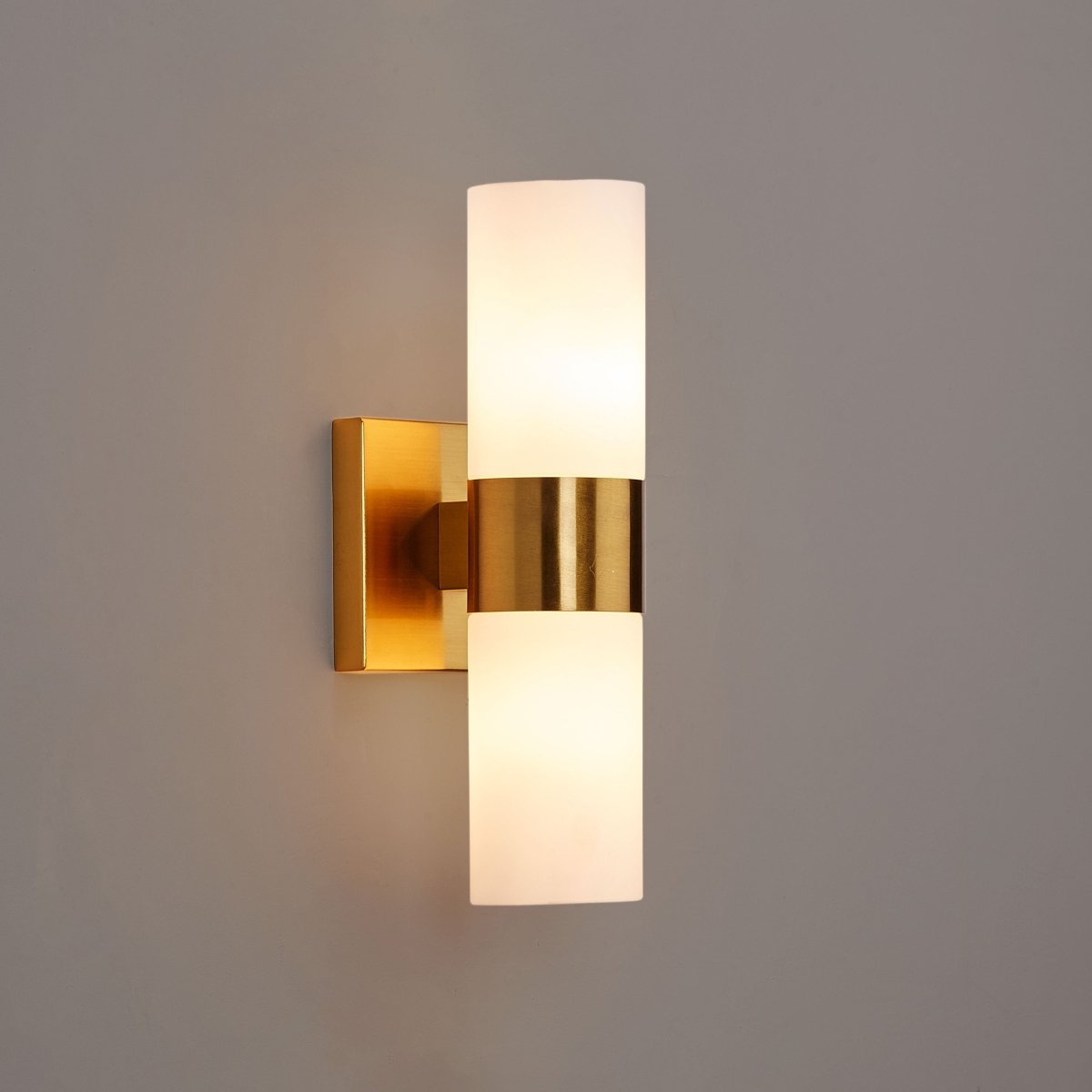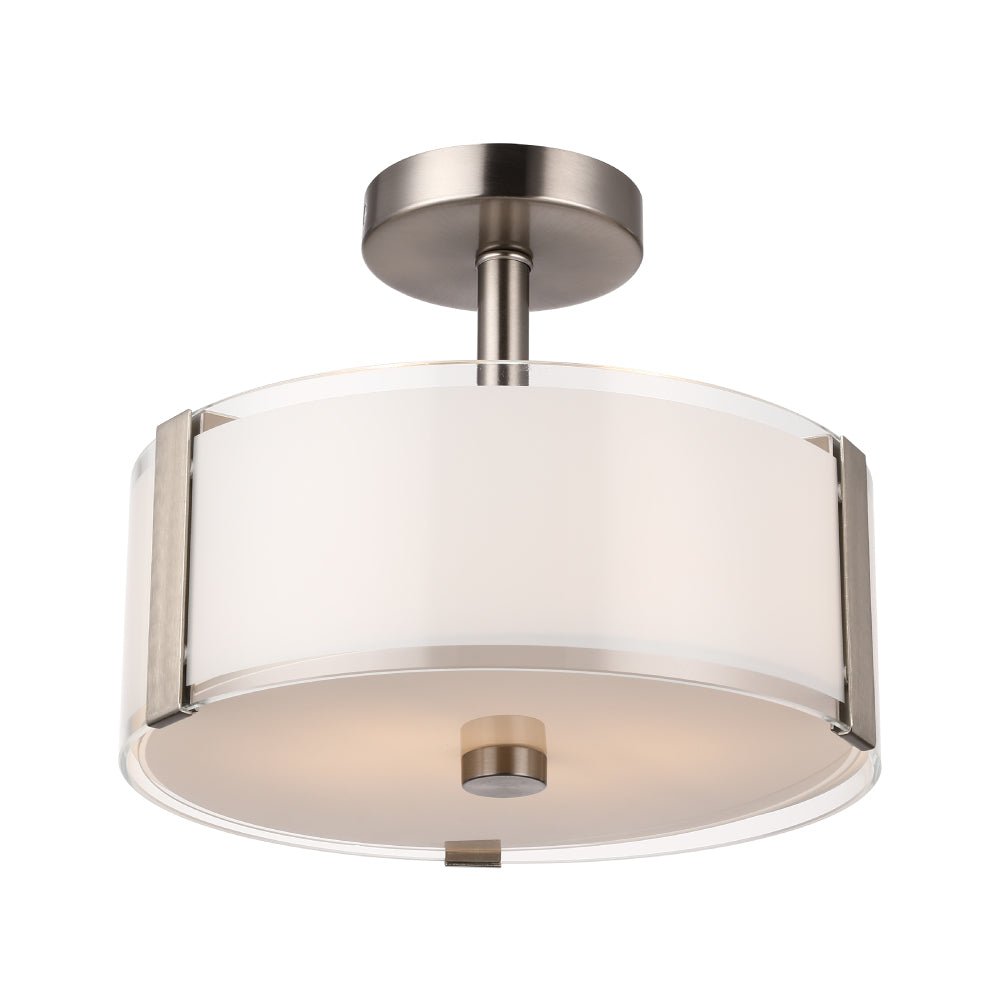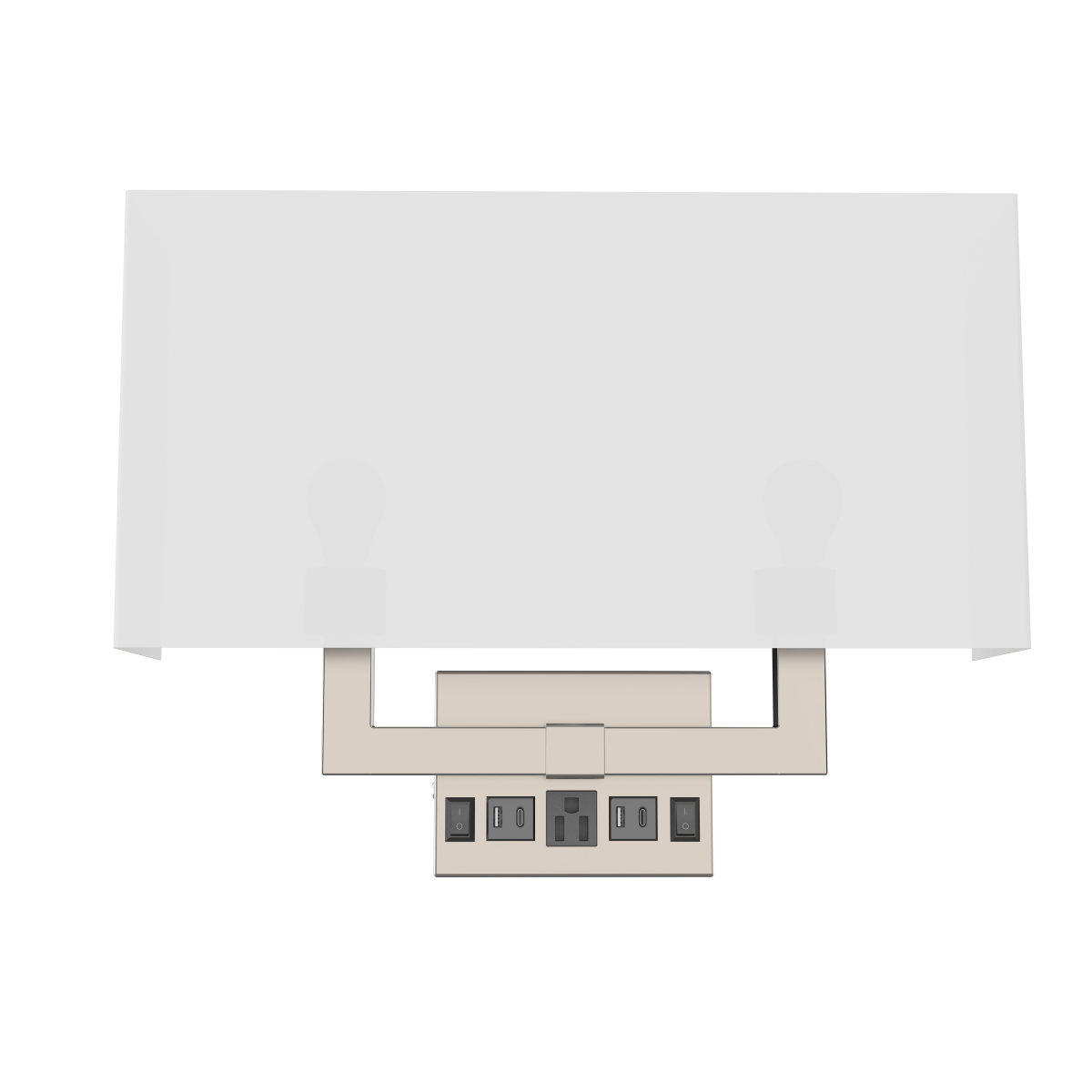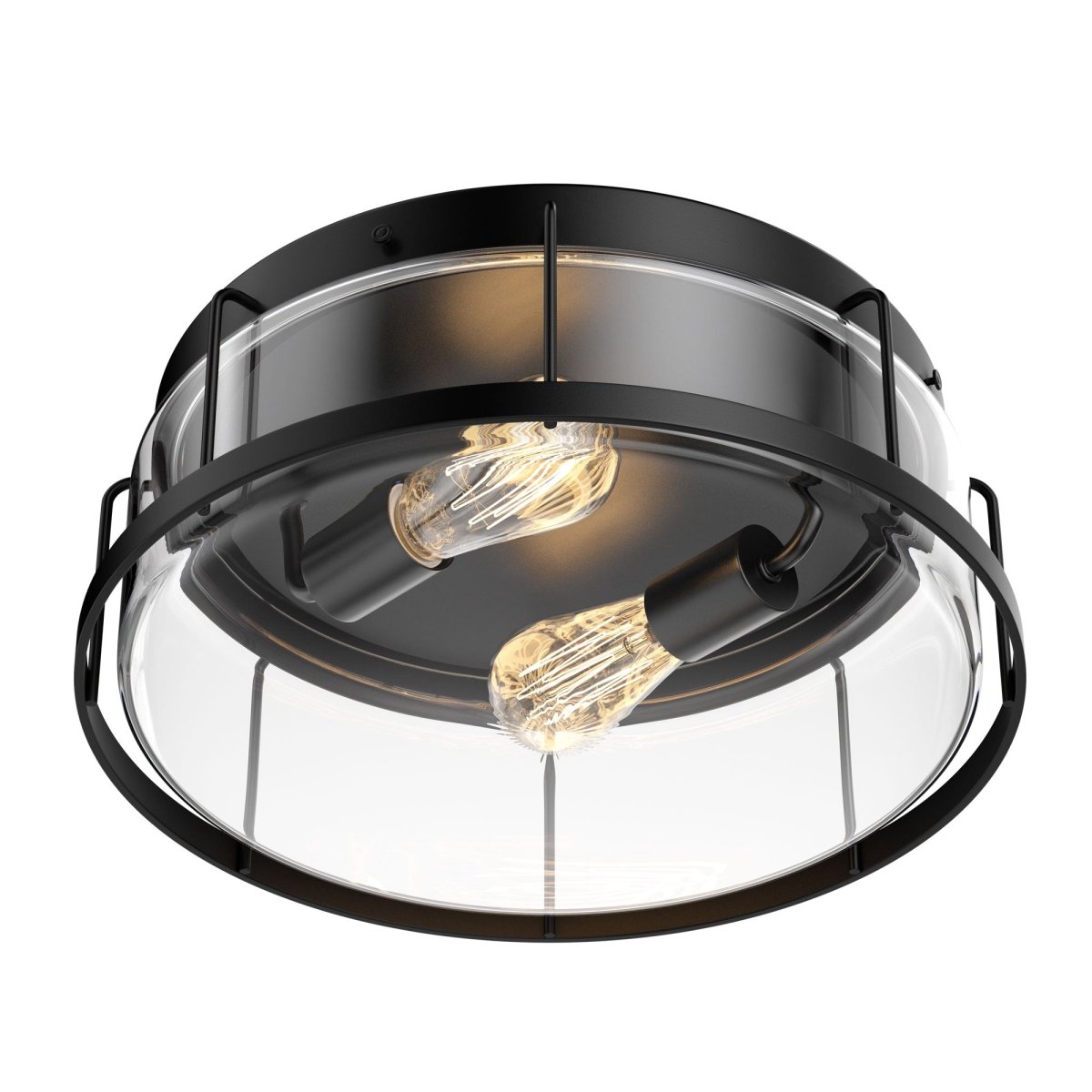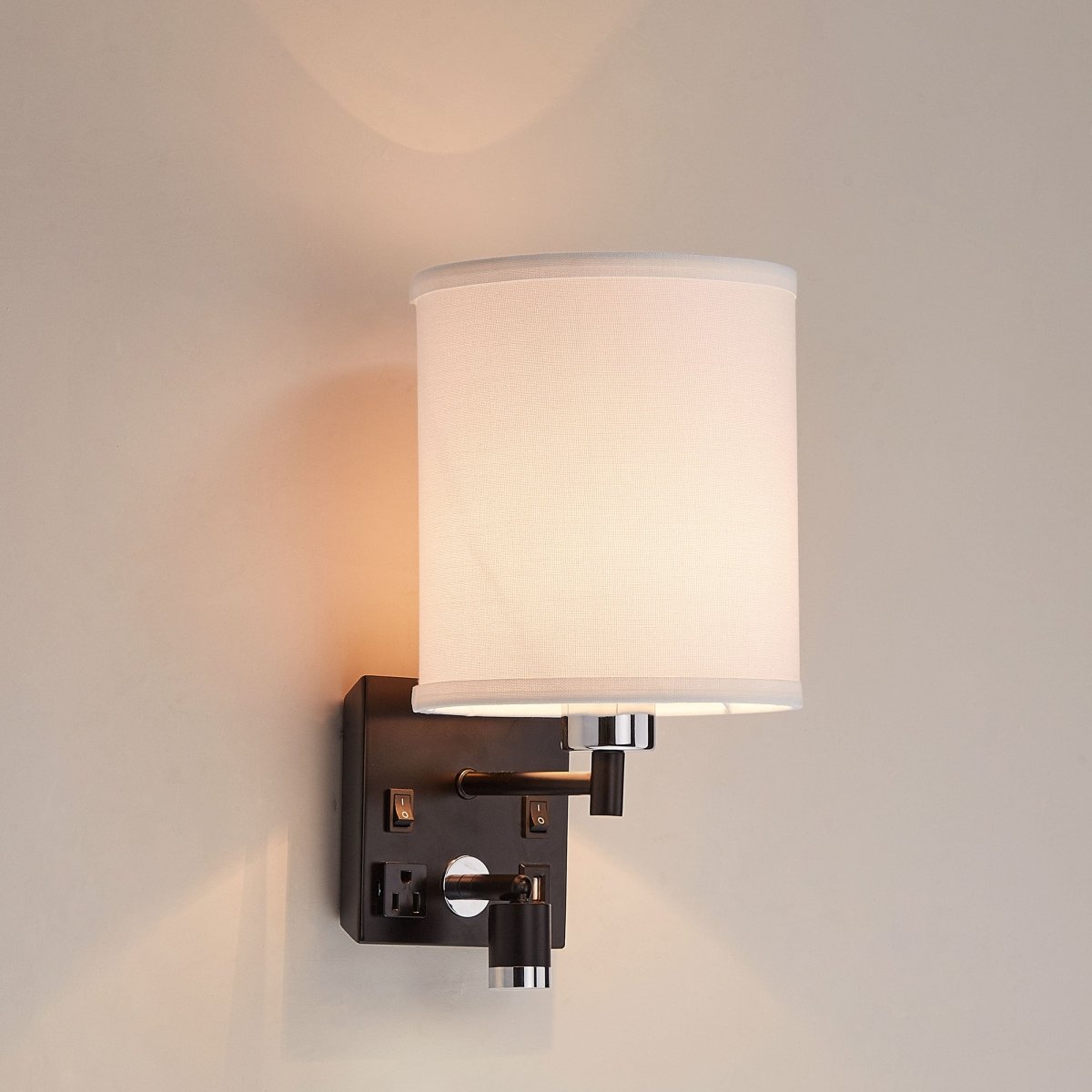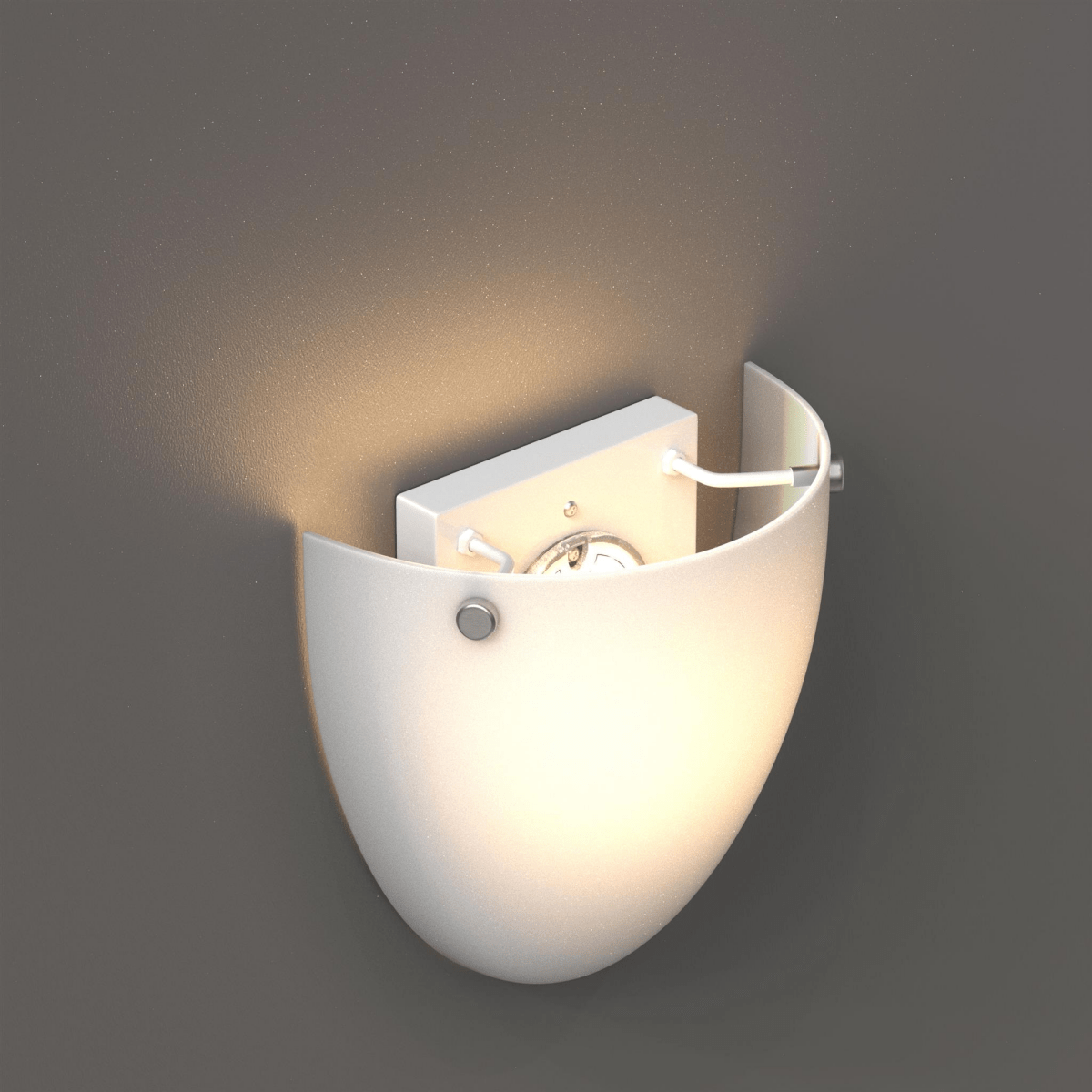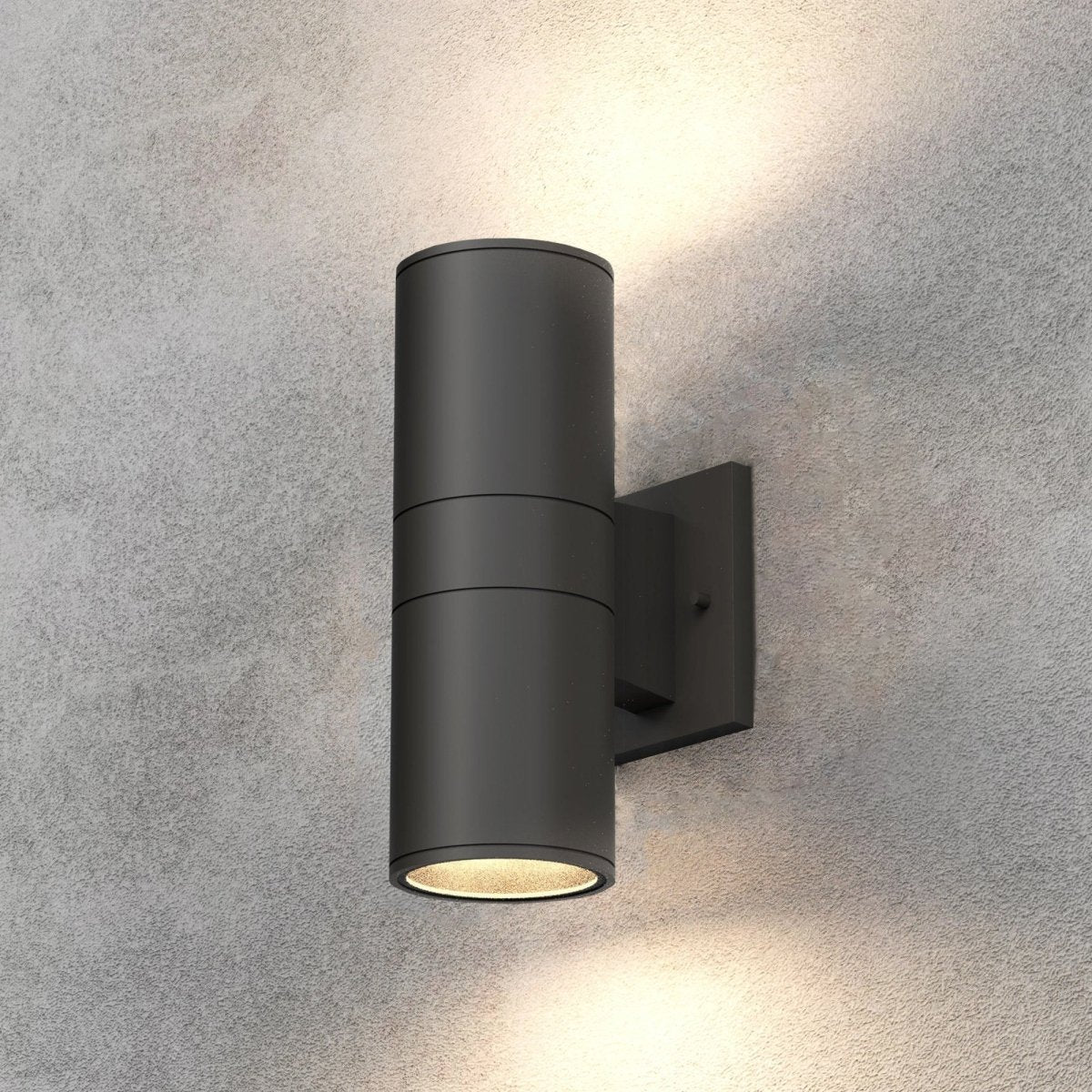The lighting requirements for hotels play a vital role in creating a welcoming and comfortable atmosphere for guests. Hotel lighting fixtures not only illuminate the space but also contribute to the overall aesthetics and functionality of different areas within the hotel. In this article, we will explore the importance of lighting in hotels and discuss various factors to consider when choosing hotel lighting fixtures. We will also delve into the specific lighting requirements for different areas of a hotel, such as guest rooms, lobbies, restaurants, conference rooms, and spa facilities. So, let's delve into the fascinating world of hotel lighting!
|
Table 1: Outline of the Article 1. Introduction 2. Importance of Lighting in Hotels 3. Factors to Consider for Hotel Lighting 4. Types of Hotel Lighting Fixtures 5. Ambient Lighting in Hotels 6. Task Lighting for Functionality 7. Accent Lighting for Visual Appeal 8. Energy Efficiency in Hotel Lighting 9. Lighting Control Systems 10. Trends in Hotel Lighting 11. Lighting Requirements for Different Hotel Areas 12. Guest Rooms and Suites 13. Lobby and Reception Areas 14. Restaurants and Dining Areas 15. Conference Rooms and Event Spaces 16. Spa and Wellness Facilities 17. Conclusion 18. FAQs |
Introduction
When designing a hotel, lighting is an essential aspect that should not be overlooked. The right lighting choices can enhance the ambiance, elevate the guest experience, and even influence their perception of the hotel's quality. Hotel owners and designers need to carefully consider the lighting requirements for each space within the hotel to create a harmonious and visually appealing environment.
Importance of Lighting in Hotels
Proper lighting is crucial in hotels as it sets the mood and tone for various areas. Whether it's the warm and cozy lighting in guest rooms or the vibrant and inviting ambiance in the lobby, lighting has the power to create a desired atmosphere. It not only affects guests' emotional well-being but also impacts their overall comfort and satisfaction during their stay.
Factors to Consider for Hotel Lighting
When selecting lighting fixtures for hotels, several factors should be taken into account. First and foremost, the lighting should align with the hotel's brand and style. The fixtures chosen should complement the interior design and architecture of the space. Additionally, the lighting should cater to the specific needs and functionalities of different areas within the hotel. Factors like energy efficiency, durability, maintenance requirements, and cost-effectiveness should also be considered.
Types of Hotel Lighting Fixtures
Hotel lighting fixtures come in various types, each serving a specific purpose. Ambient lighting provides overall illumination to a room, creating a comfortable and well-lit environment. Task lighting, on the other hand, focuses on providing adequate light for specific tasks such as reading or working. Accent lighting is used to highlight architectural features, artwork, or decorative elements, adding visual interest to the space. Combining these different types of lighting fixtures creates a layered and dynamic lighting design.
Ambient Lighting in Hotels
Ambient lighting forms the foundation of a hotel's lighting design. It ensures a well-lit environment and sets the general mood of the space. In guest rooms, ambient lighting can be achieved through ceiling-mounted fixtures, recessed lighting, or wall sconces. In larger areas like lobbies or corridors, chandeliers, pendant lights, or track lighting systems can be employed to provide sufficient illumination.
Task Lighting for Functionality
Task lighting is essential for areas where specific activities take place, such as desks in guest rooms or workstations in conference rooms. Proper task lighting ensures that guests have adequate illumination to carry out tasks comfortably. Desk lamps, under-cabinet lighting, or adjustable wall-mounted fixtures are commonly used as task lighting sources.
Accent Lighting for Visual Appeal
Accent lighting adds an extra layer of visual interest to hotel spaces. It focuses on highlighting architectural features, artwork, or decorative elements. Wall-mounted picture lights, track lights, or recessed adjustable spotlights are often used for accent lighting. Well-placed accent lighting can create a dramatic effect and draw attention to focal points, enhancing the overall aesthetics of the space.
Energy Efficiency in Hotel Lighting
Energy efficiency is a significant concern in hotel lighting due to the large number of fixtures required to illuminate the entire establishment. LED lighting has gained popularity in recent years for its energy-saving properties. LED bulbs consume less energy, have a longer lifespan, and produce less heat compared to traditional incandescent or fluorescent bulbs. Incorporating energy-efficient lighting solutions not only reduces energy consumption but also lowers maintenance and operating costs for hotels.
Lighting Control Systems
To optimize energy usage and enhance guest comfort, hotels often employ lighting control systems. These systems allow centralized control of lighting levels, enabling the adjustment of brightness and ambiance according to specific needs or times of day. Dimmers, occupancy sensors, and automated controls can be integrated into the lighting design to provide flexibility and efficiency.
Trends in Hotel Lighting
The world of hotel lighting is constantly evolving, with new trends emerging to meet the changing needs and preferences of guests. Some of the current trends in hotel lighting include the use of smart lighting systems, incorporating natural light through skylights or large windows, and the integration of lighting with other hotel technologies such as room automation or guest control systems. Staying up-to-date with these trends ensures that hotels can provide a modern and immersive experience for their guests.
Lighting Requirements for Different Hotel Areas
Different areas within a hotel have varying lighting requirements to create the desired ambiance and functionality. Let's explore the specific lighting needs for some key areas:
Guest Rooms and Suites
In guest rooms and suites, lighting should be versatile and adjustable to meet the individual preferences of guests. Bedside reading lights, well-placed overhead lighting, and adequate task lighting in work areas are essential. Dimmers can be used to create different lighting scenes for relaxation or work.
Lobby and Reception Areas
The lobby is often the first impression guests have of a hotel, and lighting plays a crucial role in creating a welcoming atmosphere. A combination of ambient lighting, accent lighting to highlight artwork or architectural features, and decorative lighting fixtures can make a lasting impact. The reception desk should be well-lit to facilitate check-in processes.
Restaurants and Dining Areas
Restaurants and dining areas require a blend of functional and ambient lighting to create a pleasant dining experience. Pendant lights or chandeliers can be used to define the space, while individual table lighting provides ample light for guests to enjoy their meals. Dimmers can be utilized to adjust the lighting intensity as per the time of day or desired ambiance.
Conference Rooms and Event Spaces
Conference rooms and event spaces demand flexible lighting setups to accommodate different types of events. Adjustable lighting fixtures, dimming controls, and the ability to create various lighting scenes are essential. Bright, well-lit spaces for presentations and adjustable lighting for mood-setting during social events are crucial considerations.
Spa and Wellness Facilities
Lighting in spa and wellness areas should promote relaxation and tranquility. Soft, warm lighting is preferred, along with the option to dim the lights. Indirect lighting techniques, such as wall sconces or concealed LED strips, can create a serene environment for guests to unwind.
Conclusion
In conclusion, the lighting requirements for hotels are multifaceted, encompassing both functional and aesthetic considerations. Carefully chosen hotel lighting fixtures, taking into account factors such as ambient lighting, task lighting, and accent lighting, contribute to the overall guest experience and satisfaction. Energy efficiency, the integration of lighting control systems, and staying updated with the latest lighting trends are vital for hotels to create inviting and memorable environments. By understanding the specific lighting needs of different hotel areas, hoteliers and designers can craft spaces that leave a lasting impression on guests.
FAQs
1. How does lighting impact the guest experience in hotels?
Lighting plays a crucial role in setting the mood and ambiance of different hotel areas, ultimately influencing the guest experience. Proper lighting can create a welcoming and comfortable atmosphere, enhancing guest satisfaction and overall perception of the hotel.
2. Are LED lights the best choice for hotel lighting?
LED lights are widely considered the best choice for hotel lighting due to their energy efficiency, longevity, and versatility. LED bulbs consume less energy, last longer, and offer greater flexibility in terms of design and control options.
3. What are some popular lighting control systems used in hotels?
Popular lighting control systems used in hotels include dimmers, occupancy sensors, and automated control systems. These systems allow centralized control of lighting levels, providing flexibility, energy efficiency, and improved guest comfort.
4. How can hotels incorporate natural light into their lighting design?
Hotels can incorporate natural light by incorporating large windows, skylights, or light wells. Natural light not only enhances the aesthetics of the space but also reduces the need for artificial lighting during daylight hours.
5. Why is accent lighting important in hotels?
Accent lighting adds visual interest and highlights specific features or elements within a hotel, such as artwork, architectural details, or decorative elements. It enhances the overall aesthetics and creates a sense of ambiance and sophistication.







